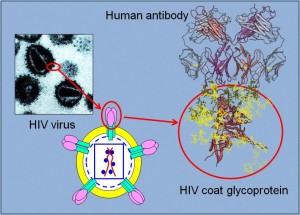 A vaccine for malaria that was in clinical trials turns out not to produce robust effects. In a clinical trial only about 30% of study participants gained immunity as a result of the vaccine. From the NY Times:
A vaccine for malaria that was in clinical trials turns out not to produce robust effects. In a clinical trial only about 30% of study participants gained immunity as a result of the vaccine. From the NY Times:
Three shots of the vaccine, known as RTS, S or Mosquirix and produced by GlaxoSmithKline, gave babies fewer than 12 weeks old 31 percent protection against detectable malaria and 37 percent protection against severe malaria, according to an announcement by the company at a vaccines conference in Cape Town.
Last year, in a trial in children up to 17 months old, the same vaccine gave 55 percent protection against detectable malaria and 47 percent against severe malaria.
The new trial “is less than we’d hoped for,” Moncef Slaoui, Glaxo’s chairman of research and development said in a telephone interview. “But if a million babies were vaccinated, we would prevent 260,000 cases of malaria a year. This is a disease that kills 655,000 babies a year — 31 percent of that is a very large number.”
The company, which has already spent more than $300 million on the vaccine, wants to keep forging ahead, he said, “but it is not just our decision.”
The research was at least partially funded by the Bill & Melinda Gates Foundation.
